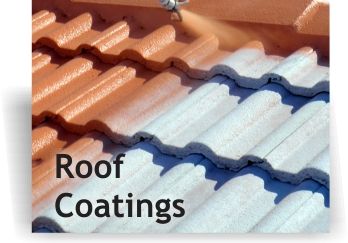Reroofing is a significant investment in your home, particularly in Brisbane, where the climate can be harsh and unpredictable reroofing brisbane. Whether you’re dealing with wear and tear, storm damage, or simply want to enhance your home’s curb appeal, understanding the reroofing process is essential. This blog post will provide you with a comprehensive step-by-step timeline to guide you through the reroofing of your Brisbane home.

Step 1: Initial Assessment and Planning (Week 1)
The first step in the reroofing process is to assess your current roof’s condition. Look for visible signs of damage, such as missing tiles, leaks, or sagging. Engaging a professional roofing contractor for a thorough inspection is advisable. They will help you understand the extent of the repairs needed and recommend appropriate materials.
Key Actions:
- Schedule a roof inspection.
- Discuss your needs and preferences with your contractor.
- Decide on roofing materials (tiles, metal, shingles, etc.).
Step 2: Obtaining Permits and Approvals (Week 2)
Before any work begins, ensure you have the necessary permits and approvals from your local council. Brisbane has specific regulations regarding roofing materials and building codes, especially in heritage areas. Your roofing contractor can assist with this process.
Key Actions:
- Research local council regulations.
- Submit necessary documents and applications for permits.
Step 3: Preparation and Material Procurement (Week 3)
Once permits are secured, your contractor will order the required materials. During this period, it’s also essential to prepare your property for the reroofing process. This may involve moving outdoor furniture, protecting landscaping, and ensuring safe access for workers.
Key Actions:
- Finalize your material choice and order them.
- Prepare your property for the roofing project.
Step 4: Old Roof Removal (Week 4)
With materials on-site, the next step is to remove the existing roof. This stage can take several days, depending on the roof size and the type of materials used. Your contractor will carefully remove the old roofing while ensuring minimal disruption to your home and surrounding area.
Key Actions:
- Ensure the worksite is safe and accessible.
- Monitor the removal process to address any immediate concerns.
Step 5: Roof Repairs and Structural Reinforcement (Week 4-5)
Once the old roof is removed, your contractor will inspect the underlying structure for any damage that may need repairs. This could involve replacing damaged timber or reinforcing the roof frame. Addressing these issues is crucial to ensure the longevity of your new roof.
Key Actions:
- Confirm necessary repairs are completed.
- Discuss any additional reinforcement that may be needed.
Step 6: Installation of New Roofing (Week 5-6)
With repairs made, the installation of the new roofing material can begin. This stage typically takes the longest, as it involves carefully laying down the new roof to ensure proper insulation and waterproofing. A skilled contractor will follow industry best practices to provide a durable and aesthetically pleasing finish.
Key Actions:
- Monitor the installation process.
- Discuss any design features or adjustments as the work progresses.
Step 7: Finishing Touches and Cleanup (Week 6)
After the new roofing is installed, the final touches will include installing gutters, flashing, and any other necessary components. Once the installation is complete, the contractor will thoroughly clean the worksite, removing debris and ensuring your home is left in pristine condition.
Key Actions:
- Inspect the finished roof with your contractor.
- Ensure all aspects of the project are completed satisfactorily.
Step 8: Final Inspection and Maintenance (Week 7)
Once the reroofing project is complete, conduct a final inspection with your contractor. Discuss maintenance practices to ensure the longevity of your new roof. Regular maintenance checks, such as cleaning gutters and inspecting for damage, will keep your roof in excellent condition for years to come.
Key Actions:
- Schedule regular maintenance inspections.
- Keep records of any repairs or maintenance performed.
Conclusion
Reroofing your Brisbane home is a significant yet rewarding investment. By following this step-by-step timeline, you can ensure a smooth and efficient reroofing process. Always work with reputable contractors who understand local regulations and can provide quality workmanship. With the right planning and execution, your new roof will not only enhance your home’s appearance but also protect it from the elements for years to come.